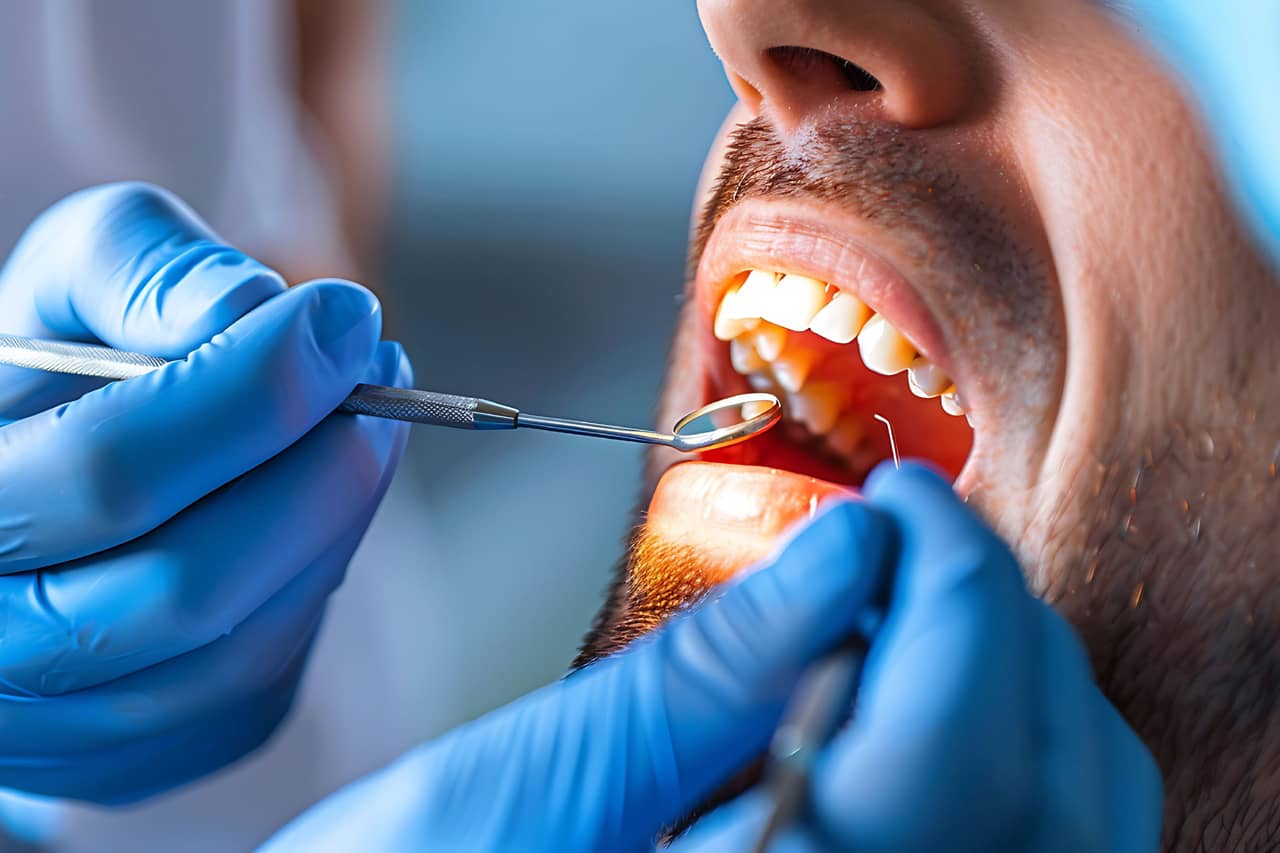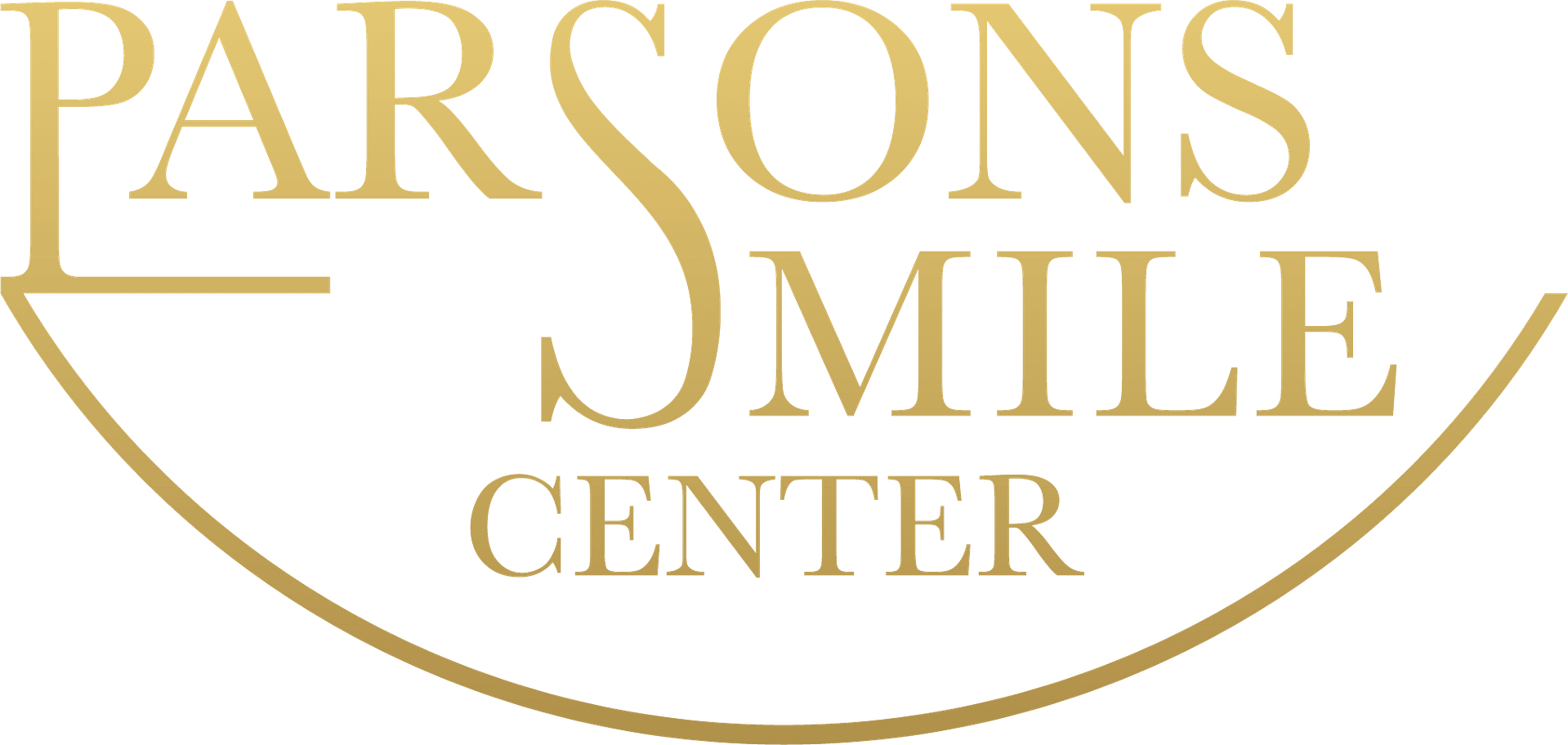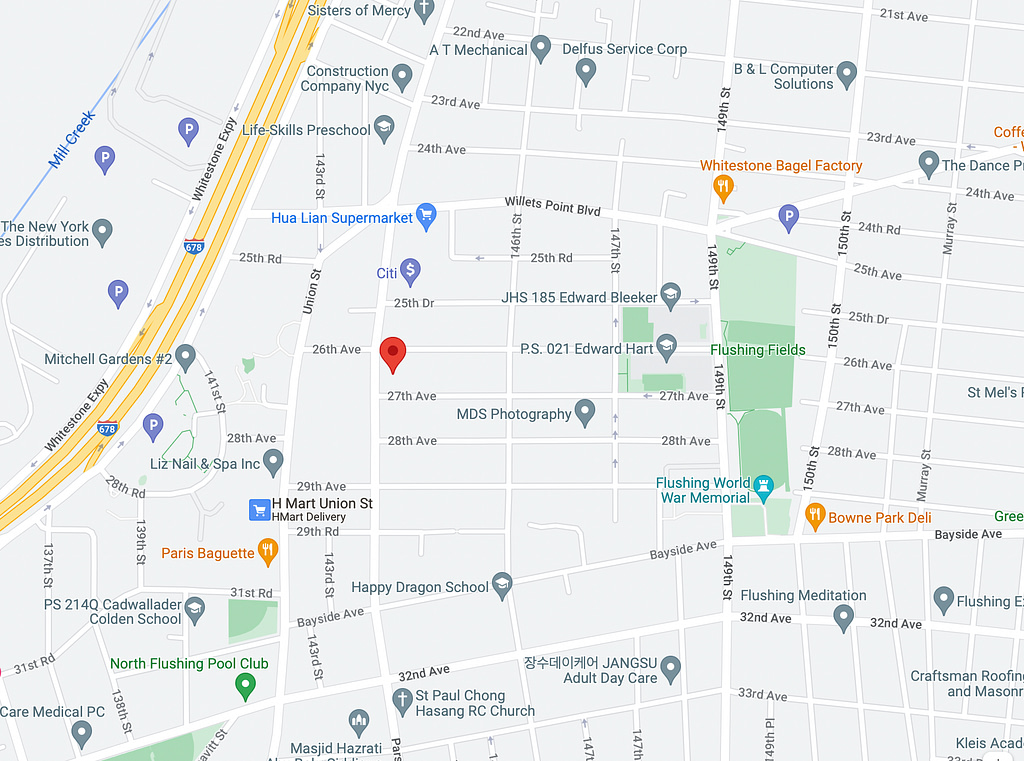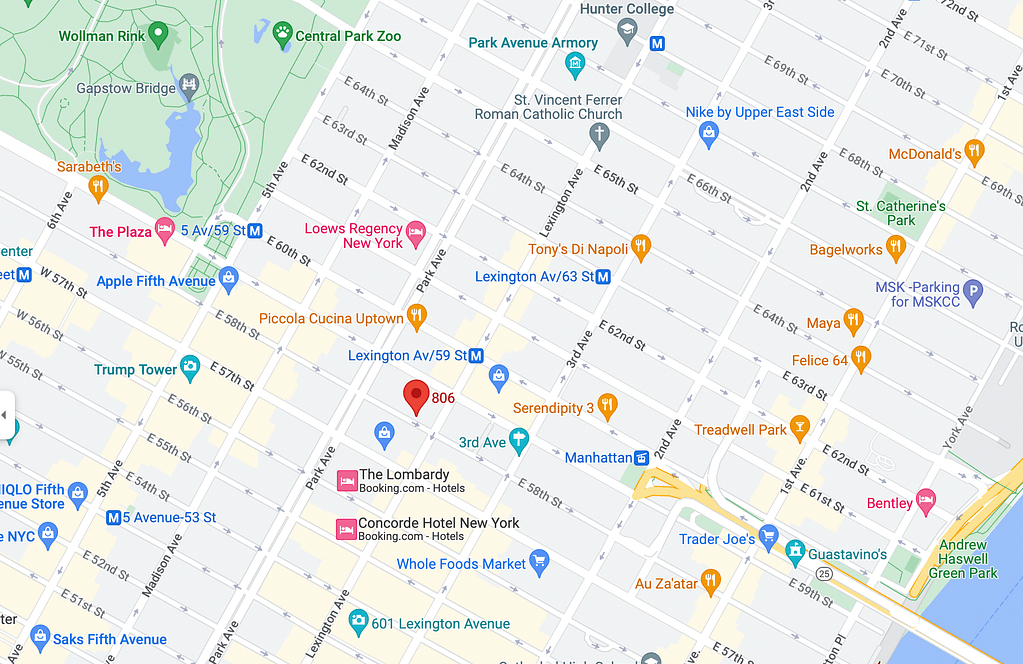
Gum disease is a common and often overlooked oral health issue that affects millions of people worldwide. It can range from mild gingivitis to more severe periodontitis, and if left untreated, it may even lead to serious complications such as tooth loss. Fortunately, there are various types of treatment available for gum disease that can effectively manage and even reverse its effects.
At Parsons Smile Center, we employ state-of-the-art technology and a personalized approach to treat and manage gum disease effectively. Our variety of treatments caters to the diverse needs of our patients and the different stages of the disease. At every stage, our goal is to stop disease progression, restore your oral health, and help you maintain it for a lifetime.
What Is Gum Disease?
Gum disease, also known as periodontal disease, is an infection of the tissues that hold your teeth in place. It’s typically caused by poor brushing and flossing habits that allow plaque – a sticky film of bacteria – to build up on the teeth and harden.
In the early stages, the gums can become swollen, red, and they may bleed. At this point, the damage is still reversible, and the gums can be returned to a healthy state with proper care. However, if left untreated, gingivitis can advance to periodontitis, a more serious form of gum disease. This stage involves the inner layer of the gum and bone pulling away from the teeth and forming pockets, which can become infected.
As the disease progresses, these pockets deepen, further gum tissue and bone are destroyed, and teeth can become loose and may eventually need to be removed. It’s crucial to recognize the signs of gum disease early and consult a dental professional for assessment and treatment.
Non-Surgical Treatments for Gum Disease
When addressing the issue of gum disease, non-surgical treatments often serve as the first line of defense. These treatments are designed to control the condition, alleviate symptoms, and restore oral health without the need for invasive procedures. Some of the most effective non-surgical approaches to treating gum disease include:
- Professional dental cleanings: Regular professional cleanings play a pivotal role in preventing gum disease by removing plaque and tartar that daily brushing and flossing might miss. Dentists recommend having these cleanings twice a year, but for those with or at risk of gum disease, more frequent cleanings may be necessary.
- Scaling and root planing: Scaling involves removing plaque and tartar from above and below the gum line, while root planing smooths rough spots on the tooth root where germs gather, helping to remove bacteria that contribute to the disease. This treatment can significantly reduce inflammation and improve gum health, often halting disease progression.
- Antibiotic treatments: Antibiotics can be prescribed in various forms, including topical gels applied directly to the gum pockets or oral antibiotics taken by mouth, to help control infection and inflammation. These treatments can be particularly effective in reducing pocket depth and aiding in the healing process of the gums.
These non-surgical interventions can be highly effective in managing gum disease, especially when combined with a solid oral hygiene routine and regular dental checkups.
Surgical Treatments for Gum Disease
For patients with advanced gum disease that hasn’t responded to non-surgical treatments, surgical interventions may become necessary. Surgical treatments available for combating advanced stages of gum disease include:
- Flap surgery (pocket reduction surgery): This procedure involves making small incisions in the gum to lift a section of tissue, exposing the roots for more effective scaling and root planing. Flap surgery is beneficial for reducing the depth of gum pockets and eliminating existing bacteria, thereby preventing further bone loss and tissue damage.
- Soft tissue grafts: Receding gums are a common effect of gum disease that can lead to tooth sensitivity and an uneven gum line. Soft tissue grafts involve taking tissue from another part of the mouth (often the palate) and attaching it to the affected area. This procedure not only helps reduce further gum recession but also covers exposed roots.
- Bone grafts and guided tissue regeneration: Severe periodontitis can lead to significant bone loss, which may jeopardize the stability of teeth. Bone grafting involves placing a graft material into the areas of bone loss to encourage the body’s natural bone regeneration process. In some cases, a special membrane may be used to facilitate guided tissue regeneration, ensuring the bone grows back properly.
These treatments can be crucial for maintaining tooth stability and preventing tooth loss, offering a chance for patients to preserve their natural teeth and maintain a healthier mouth.
Why Choose Parsons Smile Center for Gum Disease Treatment
At Parsons Smile Center, we are committed to providing comprehensive and personalized care for gum disease. With over 30 years of experience, Dr. Fady Salha and our team use advanced technology and a tailored approach to effectively manage and treat all stages of gum disease. From non-surgical treatments like scaling and root planing to more advanced surgical procedures, we ensure each patient receives the highest level of care and precision.
We offer a range of services to meet your specific needs and strive to create a comfortable and welcoming environment. If you’re not sure we take your insurance, please contact us. To schedule a consultation, call us at (212) 223-5100 or visit our contact form.




